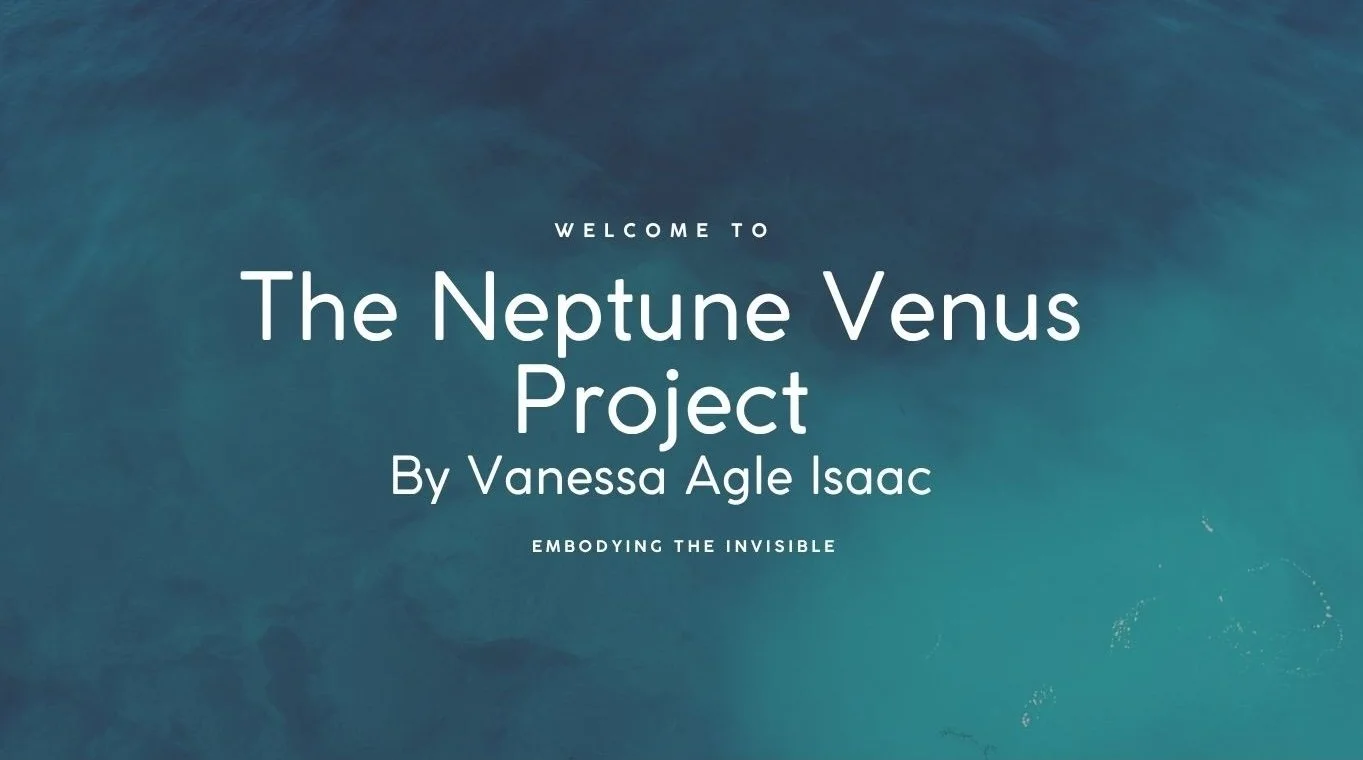By Vanessa Agle Isaac
We sometimes tend to romanticize the finished work of art, forgetting the labor that brought it to life. The moment when the curtain rises, the film premieres, the installation is unveiled, or the final dance or composition is performed. Audiences can experience the final product as something almost effortless, magical even. And I am glad when that’s the case.
But for those of us who create, there is a truth we carry in our bones: behind every performance or piece of art lies many times an immense amount of labor. Mental physical, emotional, and spiritual.
The process of artistic creation is not a linear one. It is rarely clean or predictable. It involves deep research, experimentation, rejection, starting over, questioning our own ideas, and pushing through doubt.
Even when inspiration arrives, it must be refined, tested, shaped, and in many cases, adapted to constraints (whether they be budgetary, logistical, or collaborative in nature). And that refinement process takes time, patience, and rigor. Creating something requires discipline, resilience, and the ability to stay committed even when no one else is watching, encouraging, or funding it.
Producing art whether a dance piece, a film, a performance, or a community project brings another layer of complexity. The creative vision must now coexist with practical realities. Scheduling, coordinating collaborators, securing space, managing time, fundraising, communicating with partners, overseeing marketing, editing (details that most people will never notice) all of this becomes part of the creative act.
Producing is not separate from artistry; it is an extension of it. It is the architecture that allows the idea to be experienced by others. This work can be incredibly challenging. Not because it’s a complaint, but because it’s real. And acknowledging the difficulty is not negative, it’s necessary.
If we want to create a culture that values the arts, we have to educate people about what it actually takes to bring work into the world. Passion is essential, but it’s not enough. Art also takes sustained effort, support, and infrastructure. It requires commitment not only from the artist but often from a community.
When people only see the performance or exhibition, they may not realize that months, many times years, of work went into that one moment. That’s why it’s important to speak openly, not to glorify suffering or to elicit sympathy, but to honor the depth of the process. To understand the creative act as a form of work, sacred and necessary work, is to elevate its value in society.
There is beauty in this labor. There is growth in facing obstacles and still creating. Many of the most meaningful work often comes from our ability to keep showing up despite uncertainty. The process teaches us who we are not only as artists, but as human beings.
So when we speak of creation, let’s not only talk about inspiration. Inspiration is essential, inspiration is great. However let’s also talk about preparation, perseverance, doubt, collaboration, failure, and the many quiet hours that lead to a moment of expression.
Let’s celebrate the whole journey!

